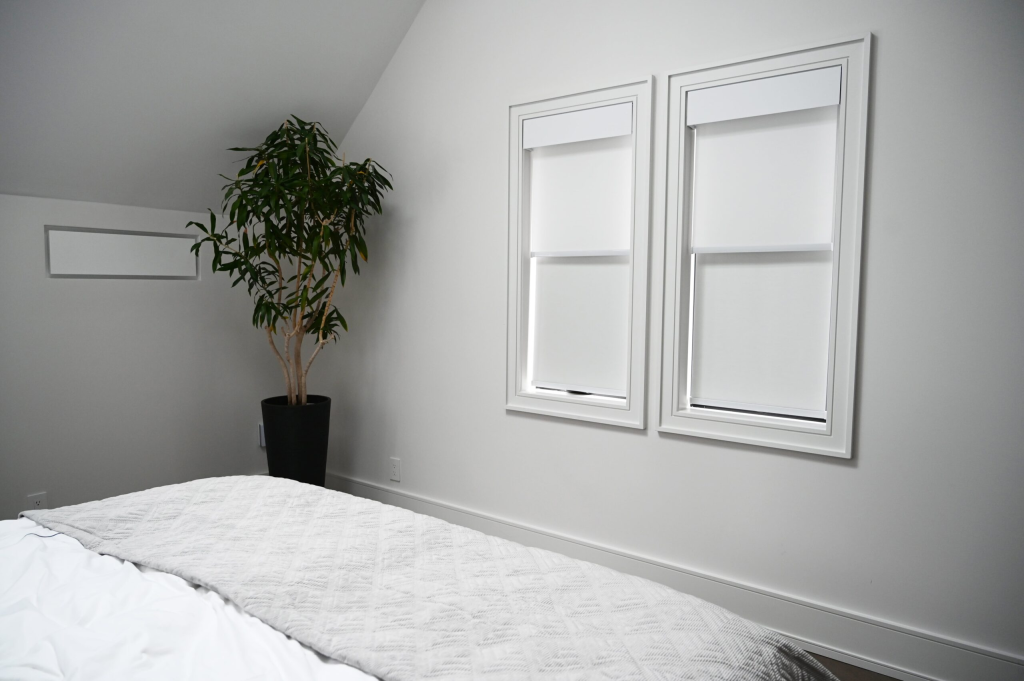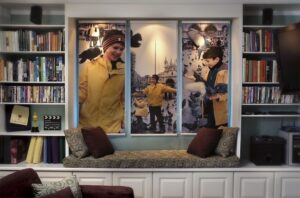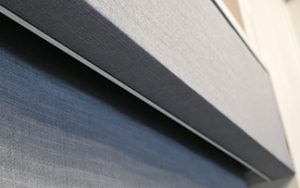Table of Contents
Energy Efficient Window Shades: What Most People Get Wrong
Let’s be honest—most of us don’t give much thought to our window shades after they’re installed. You hang them, maybe open and close them now and then, and hope they do their job. But if your energy bills have been creeping higher or your home feels like a sauna in summer and an icebox in winter, it might be time to rethink your setup. Energy efficient shades could be the missing piece that keeps your space comfortable and your utility costs in check.
There’s a common belief that all window shades help save energy, and while that can be true, it depends on how you use them—and what kind you have. The idea that any old blind will insulate your home or block out heat is one of the biggest myths in the world of home efficiency.
Let’s break down what actually works, what doesn’t, and why the right window treatments can make a measurable difference—not just in your comfort, but in your utility bills, too.
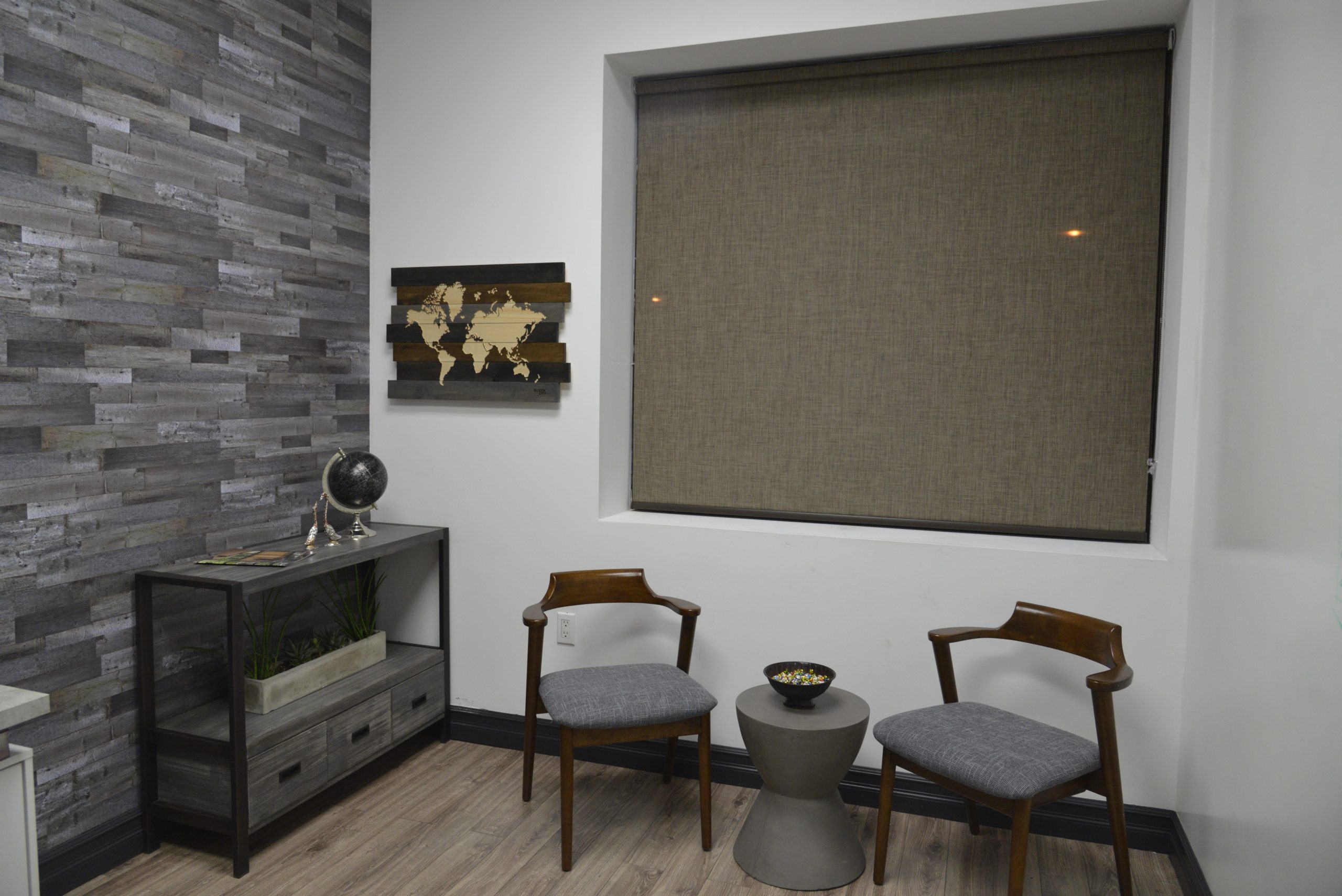
1. Myth: All Shades Provide Energy Savings
Not all shades are created equal. A basic mini-blind or thin roller shade might look clean and minimal, but that doesn’t mean it’s insulating your windows. In fact, it might be doing very little at all.
What actually matters is the fabric, structure, and fit of your window treatments. For example, cellular shades (also known as honeycomb shades) are specifically designed to trap air in pockets—providing a layer of insulation that helps regulate indoor temperatures.

“Cellular shades can reduce heat loss through windows by up to 40% in the winter and reduce unwanted solar heat by up to 60% in the summer.”
If you’re curious about how cellular shades work in real homes or want help deciding between light-filtering and blackout options, check out our deep dive on both topics: Cellular Shades Made Simple & Window Treatments for Privacy, Style & Function.
So while many window treatments offer some benefit, energy efficient shades with thermal performance built in are the real savers—not just something that looks pretty in a frame.
2. Myth: Blackout Shades Automatically Block Heat
This one trips up a lot of people. Blackout fabrics are great for blocking light, but that doesn’t always mean they’re blocking heat. The truth? A blackout shade without a thermal backing or reflective surface might keep a room dark—but still let heat in.
What should you look for?
- Thermal-backed fabrics
- Light-colored or reflective exteriors
- Tightly woven fabrics designed to stop solar gain
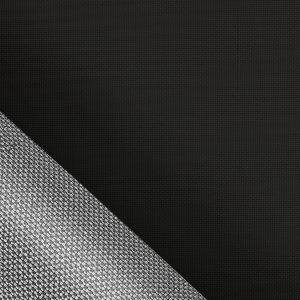

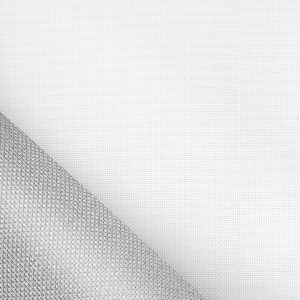
At Sun Glow, we offer blackout shades in a variety of finishes, including options that include solar-reflective layers or dual shades—perfect for spaces that need both room darkening and heat control. If energy efficiency is your goal, don’t just shop by “blackout”—look at what’s behind the fabric, too.
3. Myth: If You Close the Shades, You’re Good
This might be the biggest misconception of all. Sure, closing the shades helps—but when you do it and how your shades are installed make all the difference.
For example:
- South- and west-facing windows can bring in massive amounts of solar heat between 1–5 p.m.
- If your shades are open during that time, you’re basically inviting the heat in.
- If they’re inside-mounted and don’t fully cover the window frame, you may still have light (and heat) leakage around the edges.
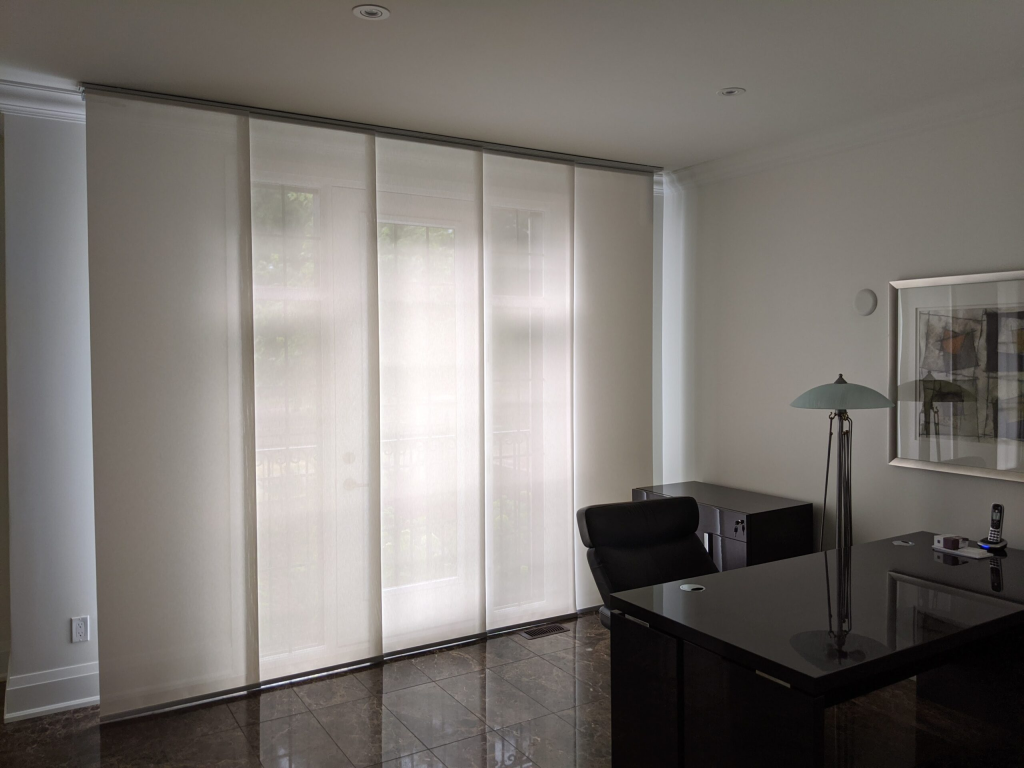
“Windows can account for up to 76% of sunlight entering your home in the form of heat.”
So yes, it matters when you close them. But it also matters how well they’re installed and what kind of coverage they provide. For true heat-blocking performance, energy efficient shades like dual shade systems—featuring both blackout and light-filtering layers—are a much more effective solution.
4. Myth: Motorized or Smart Shades Are Just About Convenience
People often assume motorized shades are just a “nice to have”—a luxury upgrade with no practical value. But here’s the truth: smart shades can actively help reduce energy consumption, especially if you’re not home all day to manually adjust them.
Imagine this:
- Shades automatically lower at 2 p.m. when the sun is blasting your west-facing windows
- They rise in the morning to allow free solar heat in winter
- You can control them from your phone, or let them sync with a smart thermostat
This kind of automated behavior reduces the load on your heating and cooling systems—without you needing to lift a finger.
“Automated shades can cut cooling costs by 10–30%, depending on your home and local climate.”
At Sun Glow, our motorization systems—powered by Somfy and Stealth Automation—are designed for exactly this kind of energy-aware lifestyle. Learn how smart shades work and why they offer more than just convenience, they deliver real, measurable energy savings.
5. Myth: One Shade Works for Every Room
This one feels safe at first glance. You pick one style of shade and install it throughout the home—easy, right? But different rooms have different sun exposures, privacy needs, and functions, and that means your shade strategy needs to adapt.
For example:
- Living room with large south-facing windows? Try solar screen shades to preserve views while cutting glare and UV rays.
- Bedroom that gets blasted in the afternoon? Go with blackout roller shades with a reflective backing.
- Home office? Consider dual shades that offer both light filtering and blackout control depending on your schedule.

This is also where dual shade systems come in. Instead of layering separate treatments, dual shades combine two fabrics—typically a light-filtering layer and a blackout layer—into one sleek, functional product. This setup gives you better insulation, greater privacy, and flexible light control throughout the day, all while improving your home’s energy performance and keeping your windows clean and streamlined.
6. Myth: Energy Efficiency Only Matters in Summer
It’s easy to associate heat control with summer—but window efficiency is a year-round concern.
In colder months, improperly insulated windows let out the heat your furnace is working hard to generate. And in spring or fall, when weather is more unpredictable, using your shades strategically can help reduce the need for active heating or cooling altogether.
Thermal or insulating shades, especially those with air-trapping structures (like cellulars), are just as important in January as they are in July.

If your shades aren’t helping you regulate indoor temps year-round, you might be missing out on easy, passive energy savings.
7. Installation Is Everything (And Professional Installation Is Even Better)
Even the most energy-efficient window shade won’t live up to its potential if it’s installed incorrectly. Gaps, poor alignment, or loose hardware can all undermine the very benefits you’re investing in.
While DIY installation is possible, professional installation ensures precision and performance—especially for custom or motorized systems.
What do pros get right?
- Proper mounting for maximum coverage (e.g., outside mount to eliminate edge light and heat gaps)
- Secure, flush fit to reduce airflow leaks
- Clean alignment for dual shades or automation tracks
Professional installers also ensure that your shades function smoothly, sit level, and enhance the aesthetic of your space—no crooked brackets or wobbly hardware.

Think of it this way: you wouldn’t install your own furnace or smart thermostat. For window treatments that directly impact your home’s energy efficiency, comfort, and style, it makes sense to get expert help.
And if you’re going motorized or automated? Professional setup is strongly recommended to avoid technical issues and to make sure your system integrates properly with smart home devices.
Final Thoughts: Small Adjustments, Big Difference
Energy efficient window shades aren’t magic—but they are a powerful tool when chosen and used correctly. Whether you’re a homeowner looking to cut your monthly bills, a renter dealing with uneven room temperatures, or a commercial buyer managing a larger space—smart, strategic shading can have a big impact.
So the next time you close your blinds and assume they’re doing the job, pause and ask:
Are they really helping—or just hanging there?
If you’re unsure where to start, our team can help you pick the right shades for your space and lifestyle. From custom fits to motorized systems, we’ll walk you through it—room by room, window by window.

